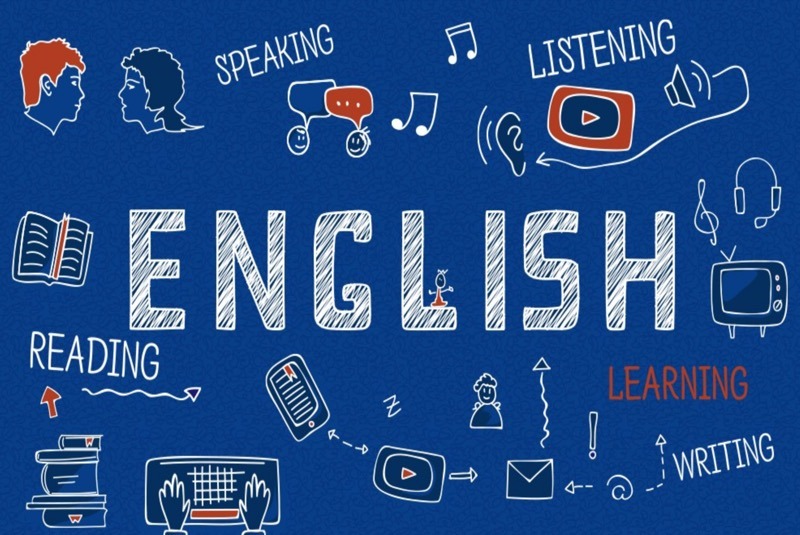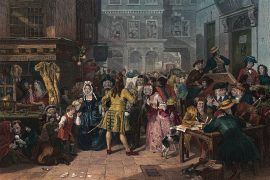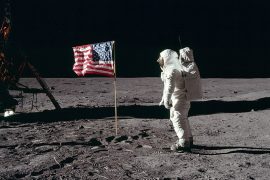The story of language in America is not just about words spoken but also about the deep-rooted history of power, identity, and the clash of cultures. In many ways, it mirrors the experiences of other nations with linguistic diversity.
One such example is India, a country where multiple languages coexist, yet English serves as a bridge across different regions. Much like India, America, with its melting pot of cultures, has seen its own journey to a national language. Moreover, the tale of English’s rise to dominance is as complex as it is fascinating.
Copyright©Madras Courier, All Rights Reserved. You may share using our article tools. Please don't cut articles from madrascourier.com and redistribute by email, post to the web, mobile phone or social media.Please send in your feed back and comments to [email protected]











